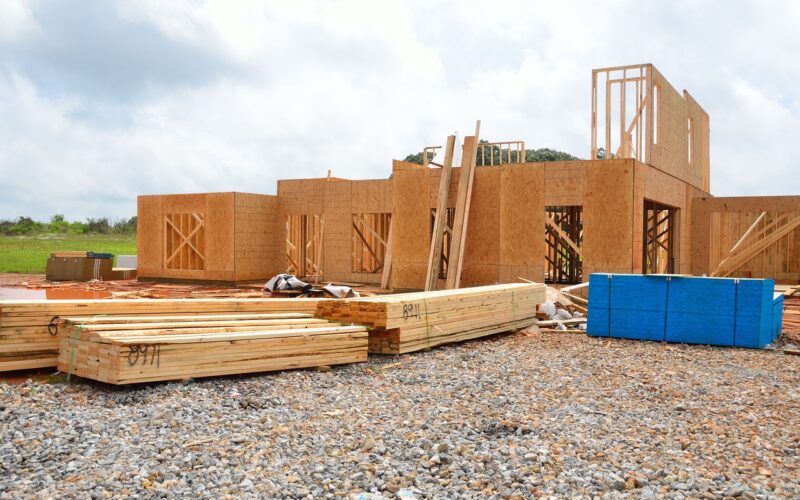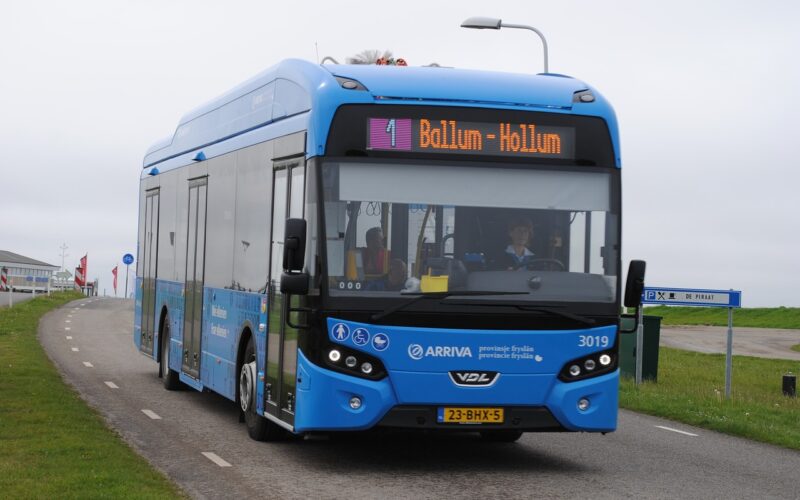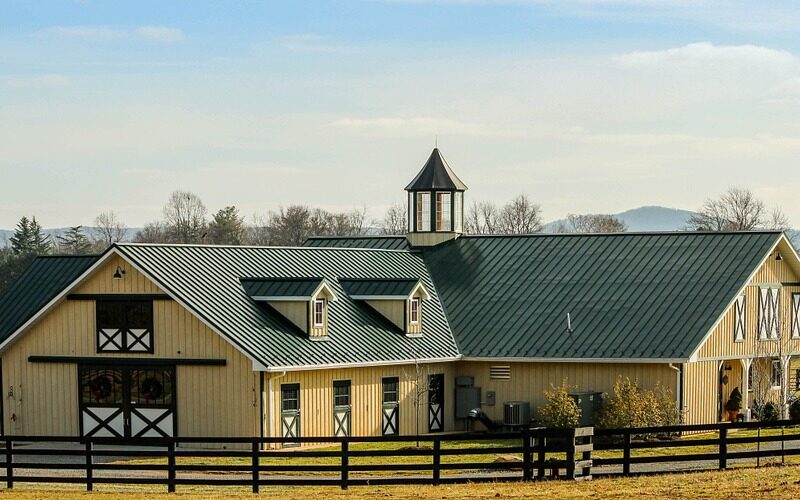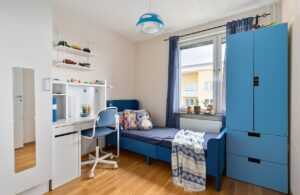When young families are on the hunt for a new home, the neighbourhood often holds equal weight to the house itself. It's not just about four walls and a garden; it's about the community, the facilities, and the general quality of life that a particular area can offer. In this detailed exploration, we'll identify the characteristics that make a neighbourhood ideal for young families.
The importance of safety and security
For any family, but particularly those with children, safety is paramount. A good neighbourhood for a young family boasts low crime rates and visible signs of community vigilance, such as neighbourhood watch programs. Well-maintained streets and public spaces also contribute to a sense of security. Additionally, traffic calming measures, like speed bumps and safe pedestrian crossings near schools and parks, ensure parents can rest a little easier while their children are playing outside or walking to school.
Access to quality education
A neighbourhood with excellent schools is a magnet for young families. Access to quality education from nursery through to high school means children can have continuity in their learning environment, and parents can avoid the stress associated with school hunting each academic step of the way. Proximity to schools not only eases daily logistics but can also foster strong connectivity between educational institutions and the community.
Recreational facilities and green spaces
The hallmark of a family-friendly neighbourhood is abundant recreational spaces. Playgrounds, parks, and community centres offer safe environments for children to play, socialise, and engage in extracurricular activities. Green spaces not only provide a break from urban life but also promote a healthy, active lifestyle. These areas can also be communal hubs where families connect and support networks form, further enhancing the neighbourhood's appeal.
Healthcare and essential services
A good neighbourhood for a young family provides easy access to healthcare services, such as GPs, paediatricians, and hospitals. Having these vital services at hand can alleviate anxiety when health concerns arise. Besides healthcare, essential amenities like grocery stores, pharmacies, and childcare services should also be easily accessible, contributing to the daily convenience and functioning of family life.
Public transport and connectivity
Efficient public transport and connectivity are crucial for families who may rely on these services for commuting to work or school. A well-connected neighbourhood saves time and reduces the need for multiple cars, which is both economical and environmentally friendlier. It also offers older children some independence when they reach an age where they can travel alone safely.
Community spirit and engagement
Finally, the intangible quality of community spirit can make or break a neighbourhood's suitability for a young family. Emerging friendships, social gatherings, and community-led events are essential ingredients that create a sense of belonging and home. A neighbourhood that welcomes involvement and fosters positive relationships among residents can have a significant impact on a family's happiness and integration into the community.
In sum, a neighbourhood well-suited for young families strikes a balance between practical amenities and a nurturing community atmosphere. The perfect mix of safety, education, leisure, health services, connectivity, and community engagement makes a locality more than just a place to live; it becomes a place to thrive.



















